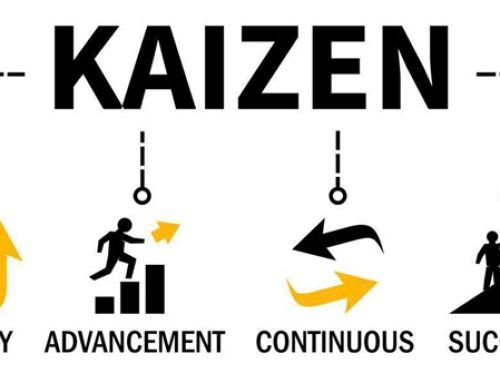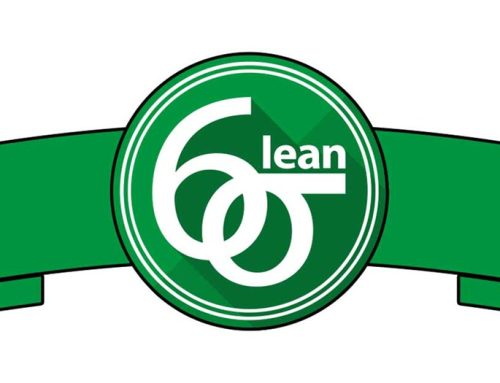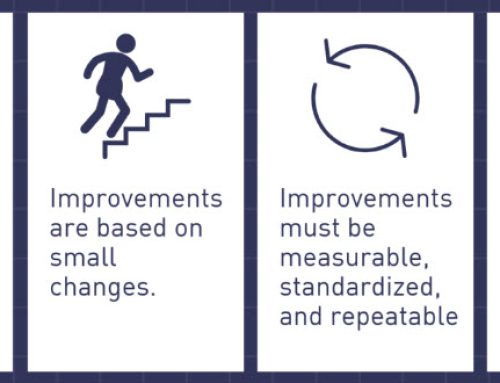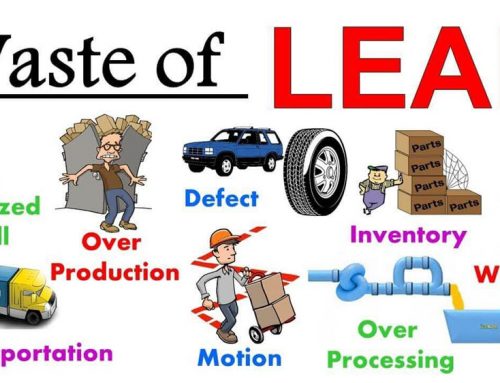Definition of Gemba Walk
The Japanese word ‘Gemba’ means ‘a place of activity’. One of the lean principles, the Genchi Genbutsu states that in order to really comprehend your processes you need to see the processes on Gemba. The goal of the Gemba walk questions are to motivate the management of every organization to get out of their offices and go and observe, question and listen to the operations done by the first-line workers.
Importance of the Gemba Walk
The Gemba walk is a process that;
- Assists the management to better comprehend how the organization works.
- Helps in the improvement of the channel of communication with every employee.
- Assists in the motivation and the mobilization of the first-line of workers. Every of the workers understand the basic and cost-effective solutions for the improvement of their work. However, they are not often presented with the opportunities to talk about them and this therefore makes their work more challenging and not satisfying.
- Observe if the operations are valued or whether there is a missing process or technique of work.
- Question the operations methodology and thus, motivates consistent improvement.
- Assists in improving coaching by the management.
How to Conduct a Gemba Walk
To improve productivity in the organization, do the Gemba walk with the operations supervisor; ask the Gemba walk questions and then walk the whole process with the first- line workers (keeping the need of the customers in mind) in order to meet the requirements of the customers. Observe, take note and ask the following Gemba walk questions;
Gemba Walk Questions to Ask
Is this step a valuable one?
The very first Gemba walk question is ask if the customer would still be as happy as they are now with the product or service if this step is removed. If the step doesn’t make difference, then it is an ‘incidental work’. This particular step should be gotten rid of as soon as possible.
Is this step capable?
Can this step be carried out every time and still produce the exact outcome? This is the beginning of Six Sigma.
Is this step available?
This one of the Gemba walk questions simply ask if the step can be executed whenever it is required. Or does this step require breakdowns and is done in unpredictable cycle times, so there is no assurance of what will occur? This is as well the starting point of complete productive maintenance.
Is this step sufficient?
Is there capability to perform this step precisely whenever the value stream needs it? Are there bottlenecks? The analysis of bottlenecks is the initial point of ‘Theory of Constraints.’ This particular Gemba walk questions also asks if there is more than enough capacity. Lots of companies including Toyota attempts to elude this by increasing the production capacity in small portions instead of in large hunks.
Is this step flexible?
Can this step change swiftly when making different variations in the product such as color, size and others? Can it switch over without compromising adequacy, availability and capacity? This particular process is vital to the swift response in switching customers’ requirements while preventing the ineffective production of large batches.
After asking these Gemba walk questions and it is realized that every of the step in the value streams are available, valuable, flexible, adequate and capable, then, there is progress. The next of the Gemba walk questions will help to determine if the steps are linked.
Is there a smooth flow of the product from one step to the other without any delay?
The flow production was developed in 1914 by Henry Ford by moving the processes towards the product instead of the vice versa. Thus, a continuous flow was created on the assembly line as well as in the component fabrication. However, he later found out that due to the ever changing demand in large varieties of products in the world, it was difficult to sustain the flow production. So, do the products flow only at the pull of the subsequent downstream step? The central point of Just-in-time production is that products should flow only at the command of the subsequent downstream step.
To a certain possibility, does the flow level back from a customer and if necessary, with a typical inventory of finished products?
Levelling back from a customer enables all the steps in the total value stream to run effortlessly while still providing the customer with what is required and precisely when required.






